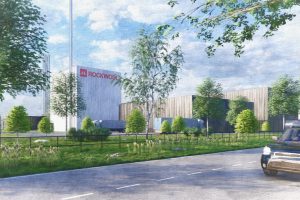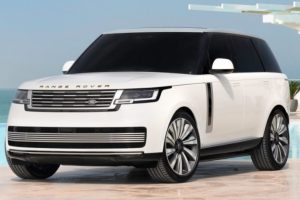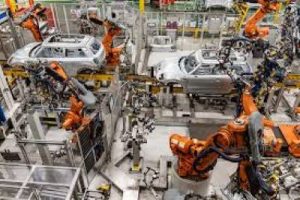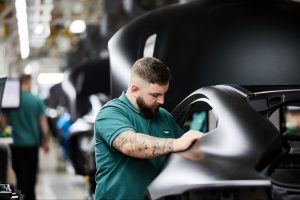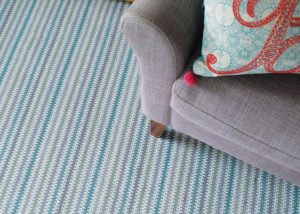JLR to give second-life to used car batteries
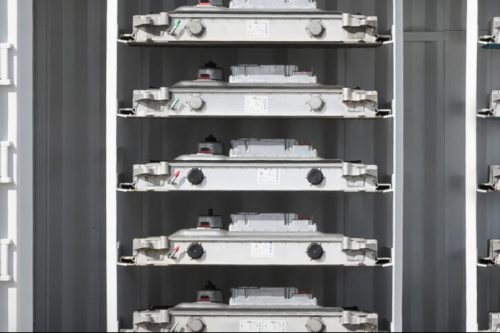
Luxury car manufacturer Jaguar Land Rover is partnering with a Northamptonshire engineering firm, to store energy in old car batteries and return this energy to the grid.
Wykes Engineering will work with JLR to harness solar and wind power using second-life Jaguar I-PACE batteries and is looking to store a total of 7.5MWh of energy, which is enough to power 750 homes for a day – by the end of the year.
Once the battery health falls below the required level for these second-life use cases, JLR will recycle the batteries so that raw materials can be recovered for reuse as part of a circular economy.
The partnership aims to create one of the largest energy storage systems in the UK and will supply power directly to the National Grid during peak hours as well as drawing power out of the grid during off-peak hours to store for future use.
Second-life battery supply for stationary applications, like renewable energy storage, could exceed 200 gigawatt-hours per year by 2030, creating a global value of over $30bn says JLR.
Francois Dossa, executive director for strategy and sustainability at JLR said: “Our sustainability approach addresses the entire value chain of our vehicles, including circularity of EV batteries.
“Our EV batteries are engineered to the highest standards and this innovative project, in collaboration with Wykes Engineering, proves they can be safely reused for energy sector application to increase renewable energy opportunities. Using the 70-80% residual capacity in EV batteries, before being recycled, demonstrates full adoption of circularity principles”.
David Wykes, managing director of Wykes Engineering said: “One of the major benefits of the system we’ve developed is that the containers are connected to the Grid in such a way that they can absorb solar energy, that could otherwise be lost when the grid reaches capacity.
“This excess energy can now be stored in the second life I-PACE batteries and discharged later. This allows us to ‘overplant’ the solar park and maximise the amount of power we generate for the area of land we are using.”

